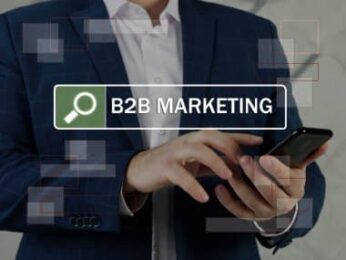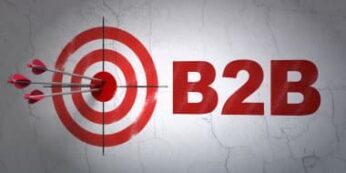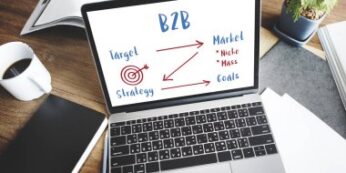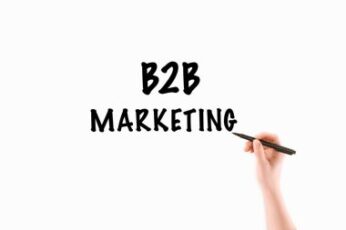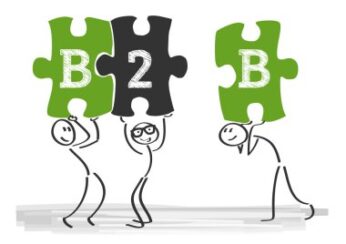As reported by The Drum in their article “How B2B is Reaching New Heights of Creativity,” this year has marked a significant turning point for B2B marketing. Traditionally viewed as the less glamorous counterpart to consumer marketing, B2B marketing has evolved into a sophisticated discipline where creativity plays a crucial role. The shift in focus is underscored by the finding that “creative strategy and execution” is now deemed the most vital skill for B2B CMOs, as highlighted in the Global B2B Marketing Benchmark. In the past year alone, there has been a 46% increase in creative skills being incorporated into marketers’ profiles.
Achieving this heightened level of creativity is challenging, especially considering that B2B marketing has already made significant strides in appealing to business audiences emotionally. Iconic campaigns like IBM’s ‘Smarter Planet’ (2008), Volvo Trucks’ ‘Epic Split’ (2013), and Xerox’s ‘Get Optimistic’ (2013) have exemplified the power of creativity in B2B marketing. These campaigns have demonstrated that creativity is not only essential but also highly effective in B2B contexts.
One of the key principles driving the success of creative B2B marketing is the 95-5 rule, as explained by Keith Browning, director of brand marketing at LinkedIn. According to this rule, only 5% of potential buyers are in-market at any given time, meaning that the remaining 95% are not yet ready to purchase. Creative marketing ensures that a brand remains memorable to future buyers, keeping it top-of-mind until they are ready to buy.
A recent LinkedIn study of B2B marketing leaders revealed that more than two-thirds (69%) agree that B2B purchasing decisions are just as emotionally driven as those in B2C. Furthermore, 39% of respondents reported increasingly using storytelling, emotion, and humor to enhance the impact of their creative campaigns. Impressively, over three-quarters (81%) believe that B2B brands are now producing creative campaigns that rival those of consumer brands.
At the forefront of this creative revolution in B2B marketing, recognizing the importance of engaging and memorable campaigns that resonate emotionally with business audiences. As the industry continues to evolve, the company remains committed to leveraging creativity to drive B2B marketing success and set new standards for the future.
Click here to learn more about Total Web Partners’ services.
Article with all rights reserved, courtesy of thedrum.com
Photo with all rights reserved, courtesy of depositphotos.com


